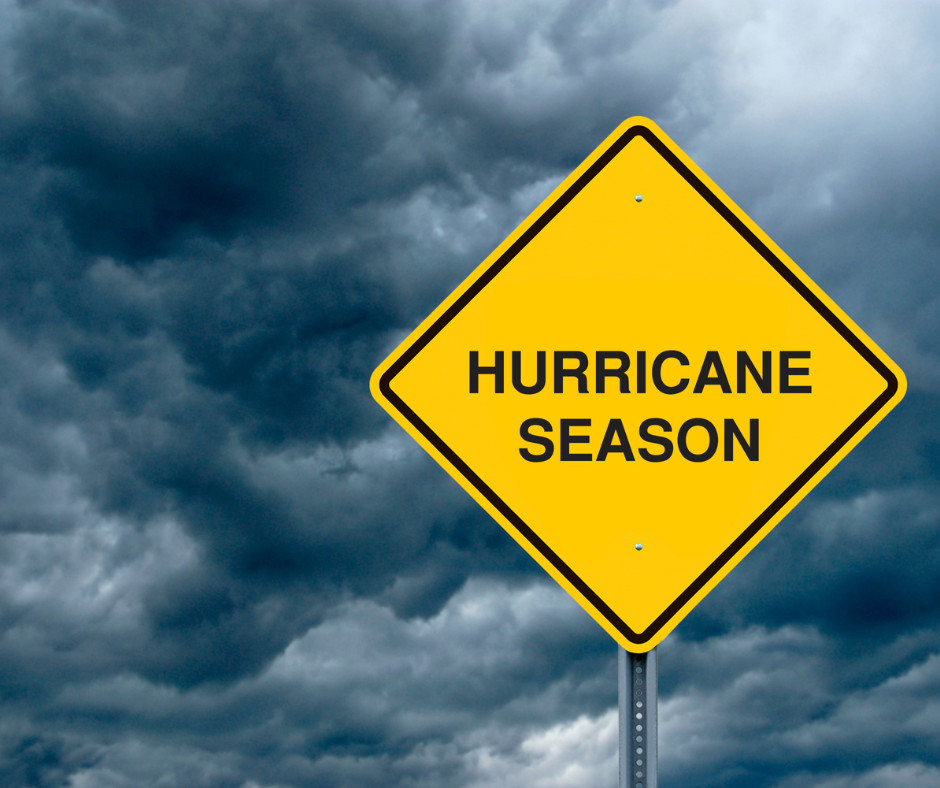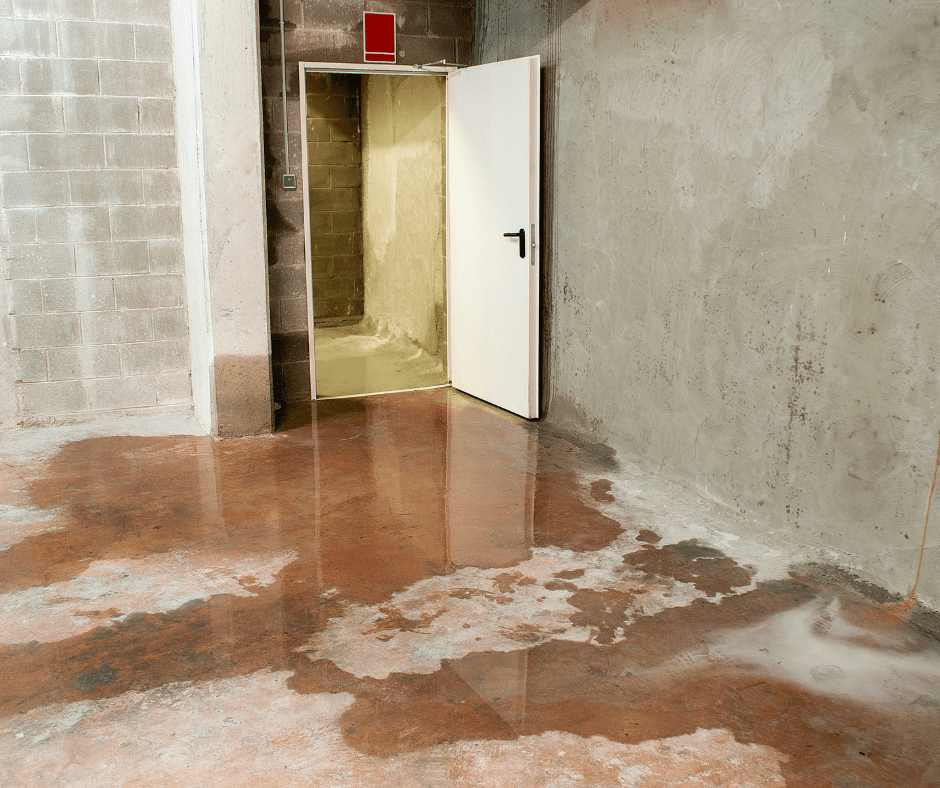Can Hurricanes Cause Mold?
During hurricane season, homes vulnerable to flooding and water damage are also at risk of a mold outbreak. While the hurricane itself doesn’t bring in a mold colony and drop it at your doorstep, the immediate aftermath of a hurricane provides the perfect storm of conditions for mold spores to grow and thrive. Homes that are directly hit by a hurricane, tropical storm, or heavy rains should always be prepared to identify wet materials and have quick drying methods ready to prevent a mold outbreak during hurricane season.
What Kind Of Conditions Lead To Mold Problems?
If your home has experienced the effects of a hurricane, a tropical storm, or even heavy rain in the past, then your home could be susceptible to a mold outbreak. Mold that hasn’t been properly removed from materials like baseboards, drywall, or carpet can harbor mold spores ready to grow as soon as the proper conditions reoccur. Materials that have been dried and cleaned properly may have had their mold inhibitor coating compromised and are therefore more likely to experience mold problems. Excessive moisture left inside your home during hurricane season paired with high indoor humidity levels will lead to a mold outbreak in as little as 24 to 48 hours.
How To Recognize A Mold Outbreak In The Home After A Hurricane
The first step in preventing a mold outbreak in your home after a hurricane is recognizing where mold growth has begun or will likely start to grow. Visually, you’ll be able to see mold growing if there is a discoloration or dirty spotting on surfaces like walls. You might also see warped wallpaper or bubbling paint. Even if you cannot see the mold, a musty or musky smell is a sign that it has begun to grow. Indicators of a mold outbreak can be seen if anyone in your home has new or worsening asthma or unexplained allergy symptoms like sneezing, coughing, runny nose or fatigue.
How Do You Prevent Mold After A Hurricane?
After a hurricane or anytime during hurricane season that your home has greater than 60% humidity, you should actively decrease the moisture in all areas in your home to prevent a mold outbreak. Places prone to leaks like old pipe connections or the basement should be checked regularly for mold and sources of existing moisture should be fixed promptly. You should increase the airflow and decrease the humidity throughout your home to keep moisture from collecting. If your home has lost power after a hurricane, avoid any activities that can increase the moisture in your home like cooking inside, showering, and doing laundry until the humidity is under control.
For homes that have been flooded during hurricane season, any salvageable building materials should be quickly dried and cleaned. Disinfectants will kill the current mold spores but will not keep it from reforming. Use mold preventative cleaning solutions and add a mold inhibitor to any new painted surfaces. Materials like drywall covered in vinyl wallpaper, insulation, and carpet padding are not able to be reused after they’ve gotten wet because they cannot be dried fast enough to prevent mold from growing. They need to be promptly removed from the home and replaced to prevent a large-scale mold outbreak after a hurricane.
How To Clean Up After A Mold Outbreak During Hurricane Season
Proper clean up after a mold outbreak can be a tedious effort and hurricane season forces homeowners to be extra diligent about their processes. If you discover a mold outbreak, wear the proper PPE like gloves, goggles, and a N-95 mask and follow these important steps:
- Any roof damage should be covered with a waterproof tarp until it can be fixed. Remove any wet or damp insulation from the attic.
- Dry all wet or damp materials quickly with fans, air conditioning units, and dehumidifiers. This can be challenging for homes without power that need to use generators to stop a mold outbreak.
- Remove carpet and the padding. On rare occasions, the carpet can be cleaned and reused, but it is best to discard it. You must always replace the carpet padding.
- Wet wall boards and damp insulation must immediately be removed and discarded as they cannot be dried quickly enough.
- Clean contaminated items and surfaces with non-phosphate detergents. The residue left by phosphate detergents is food for mold spores.
- Prior to replacing walls, insulation, and floors, speed dry the framing, subfloors and slabs with fans, heaters, and dehumidifiers. Test the studs and sheathing with a moisture meter before reconstruction.
Contact MSR Restoration For Complete Mold Remediation During Hurricane Season
Prevention of a mold outbreak is easier than removing mold, but during hurricane season a mold outbreak may be unavoidable. Small mold areas are relatively easy for DIY removal, but for a full home mold outbreak problem it’s imperative to contact the experts at MSR Restoration for guidance and assistance. Our mold experts have the experience and knowledge to provide a comprehensive mold remediation effort to restore your house to a healthy, mold free home!


